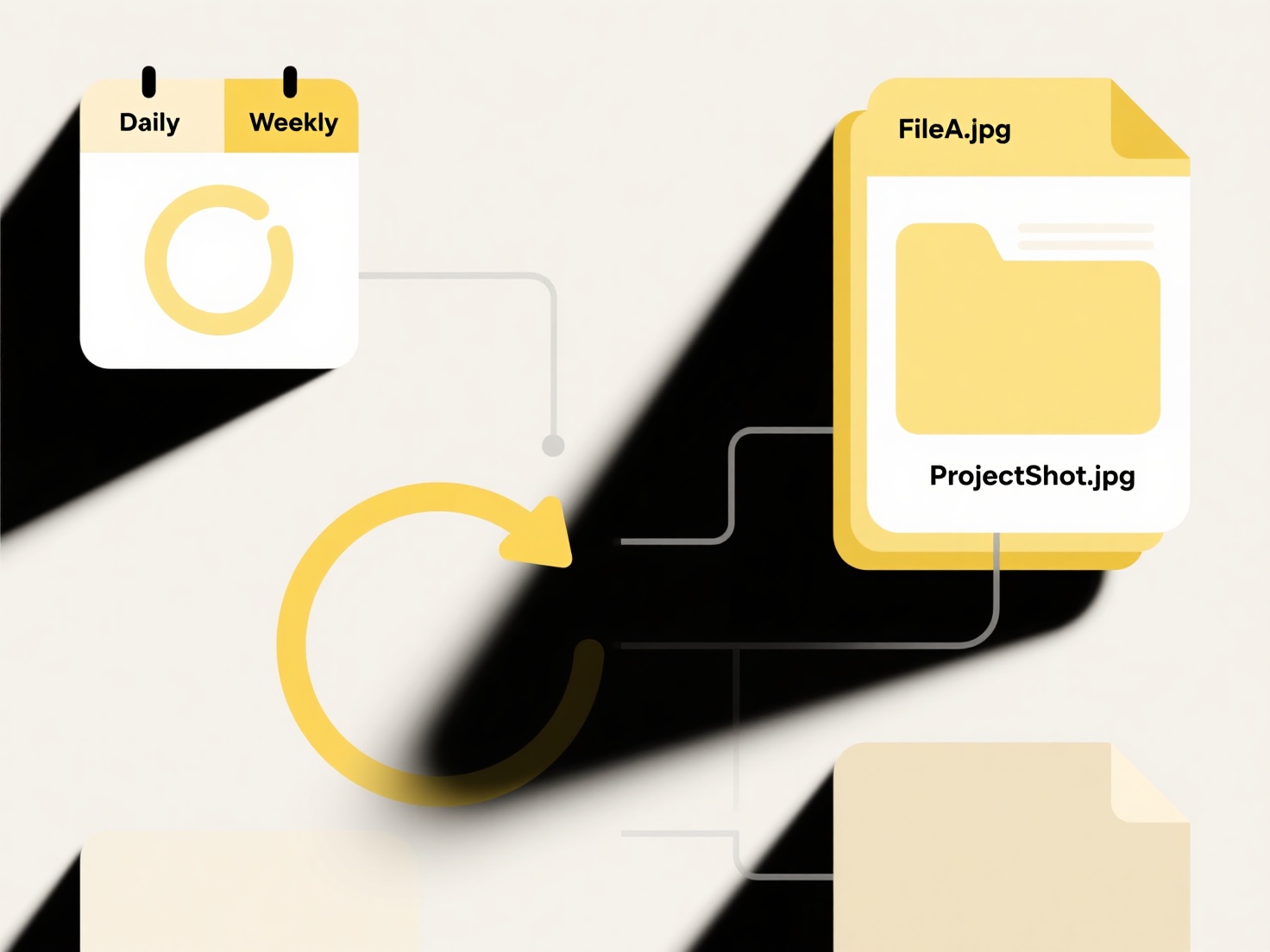
Automating reports based on file search results involves using specialized software to periodically scan specific locations (like folders or cloud storage) for files matching certain criteria (e.g., keywords, file types, dates), then automatically compiling details about these found files into a predefined report format. This differs from basic manual searches because it runs continuously or on a schedule, eliminating repetitive effort and converting search outcomes directly into organized summaries for review. It essentially turns the discovery of relevant files into scheduled, structured information delivery.
A common example involves compliance teams automatically generating weekly reports showing all newly modified financial documents within a shared cloud drive to monitor sensitive data changes. Another is an HR system automatically creating monthly audits by searching an employee records folder for new contracts based on the current month, compiling a list of filenames and modification dates into an email report.

The primary advantage is significant time savings from eliminating repetitive manual searches and report assembly, ensuring consistency and timely updates. Key limitations include the need for precise setup of search rules and report templates initially, and ensuring the file naming/storage structure remains consistent for the automation to work reliably. Security is crucial, as granting automated systems access to search files requires careful permissions management. This capability drives efficiency in document-heavy fields like legal, finance, and administration.
Can I automate reports based on file search results?
Automating reports based on file search results involves using specialized software to periodically scan specific locations (like folders or cloud storage) for files matching certain criteria (e.g., keywords, file types, dates), then automatically compiling details about these found files into a predefined report format. This differs from basic manual searches because it runs continuously or on a schedule, eliminating repetitive effort and converting search outcomes directly into organized summaries for review. It essentially turns the discovery of relevant files into scheduled, structured information delivery.
A common example involves compliance teams automatically generating weekly reports showing all newly modified financial documents within a shared cloud drive to monitor sensitive data changes. Another is an HR system automatically creating monthly audits by searching an employee records folder for new contracts based on the current month, compiling a list of filenames and modification dates into an email report.

The primary advantage is significant time savings from eliminating repetitive manual searches and report assembly, ensuring consistency and timely updates. Key limitations include the need for precise setup of search rules and report templates initially, and ensuring the file naming/storage structure remains consistent for the automation to work reliably. Security is crucial, as granting automated systems access to search files requires careful permissions management. This capability drives efficiency in document-heavy fields like legal, finance, and administration.
Related Recommendations
Quick Article Links
Can I access saved files offline from cloud storage?
Many cloud storage services provide offline access, meaning you can view, edit, or interact with certain files saved in ...
How do I test file compatibility before distribution?
Testing file compatibility involves verifying that your document maintains consistent appearance, functionality, and acc...
Can duplicate naming rules be enforced in a team?
Duplicate naming rules prevent identical names for files, records, or items within a shared team workspace. They work by...